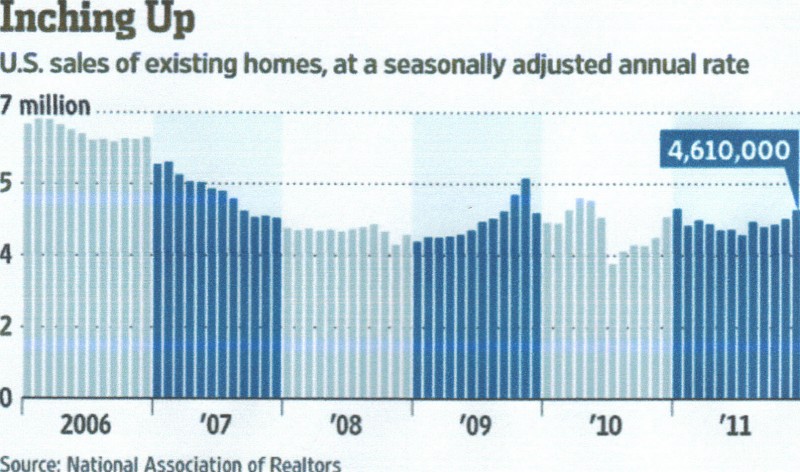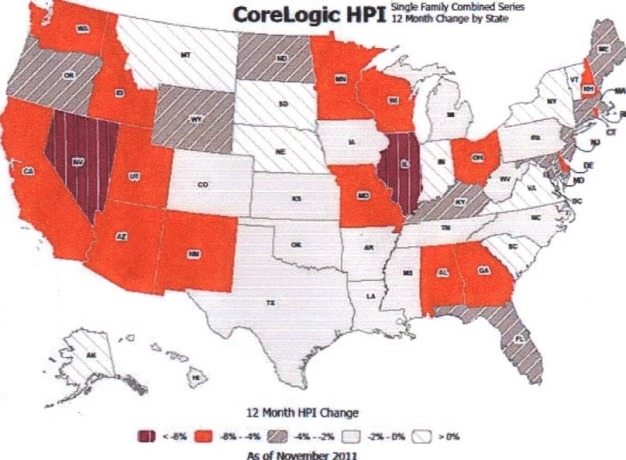Foreclosure or Bankruptcy: Best Course of Action?
For information about luxury real estate in Los Angeles, Orange County, and coastal San Diego homes for sale, call Bob Cumming, Keystone Group Properties, at 310-496-8122. Keystone Group Properties services buyers and sellers of distinctive Southern California real estate from Newport Beach to La Jolla to Beverly Hills.
Foreclosure or Bankruptcy: What Might Be the Best Course of Action?
While millions of Americans are severely impacted by the economy, we find that more and more families are falling behind in their mortgage payments. A number of families have already or will be faced with the decision of what to do. Is it better to lose your house to foreclosure or file for bankruptcy protection?
Neither option is good for future credit considerations. A foreclosure will remain on your credit history for 7 years, while a bankruptcy remains for 10 years. In spite of the fact a foreclosure stays on the credit report for less time than a bankruptcy, mortgage lenders and banks look more seriously at foreclosures as normally a bankruptcy does not include the house.
It is suggested to contact your lender even if you are behind in payments or have received an official “notice of default” saying you’re several months behind, you still have time before the formal foreclosure process begins.
Foreclosure should not be foregone conclusion. Try to avoid it. The first question you need to decide is whether you want to keep your house or give it up. If you want to keep it, you need to try to work out a plan to get back on track. This involves either making up for the missed payments – which you can do all at once or try to spread out – or coming up with a new plan. One option is to have the loan modified – at a lower interest rate, for example. Or you can ask for “forbearance,” which basically means the lender suspends payments until you can get back on your feet. If you’re in over your head and bought too much house, though, these options probably aren’t going to help. It is suggested you consider professional help in modifying your loans.
It is against California law for an organization to collect up-front fees. If you consider wanting professional help, it is suggested you interview a number of attorneys and law firms and get references. Look at the alternatives and most importantly listen to professional advice and form your own opinion. Make a decision only after this process.
You may have to consider moving. Even if you do lose your house, you don’t want a foreclosure on your record when you go looking for a smaller house or a place to rent. One option is to ask the lender to hold off on foreclosing until you sell. If your mortgage is bigger than your house is worth, you are looking at what’s called a “short sale.”
You can also try something called a “deed in lieu of foreclosure” – which basically means you turn over your house to the lender and walk away without owing anything. But you’ll need to work this out with the lender: you can’t just walk away.
While it’s possible to work out one of these solutions with your lender on your own, you may have better luck with the help of someone who specializes in the process. A good attorney who knows real estate law can help, but you may not be able to afford that. A credit counselor (from an accredited, non-profit agency, not the slime balls who spam you with bogus promises of making your debts “go away”) is another option. Lenders are more likely to go along if a competent third party is there to help smooth the process. California law does not permit upfront fees to credit counselors or parties claiming they can modify loans. Fees can be paid to California licensed attorneys provided they are providing a service. It is suggested you interview a number of attorneys and law firms and make a decision only after this process has been completed.
If all else fails, you may have to consider allowing foreclosure to proceed – or filing for bankruptcy. It depends on each person’s situation. It is suggested one consult with a good credit counselor and a bankruptcy attorney who can review your options and walk you through the various options.
To summarize, the key is to start this process early on and before a notice of default is received.
Newport Beach CA homes for sale under $4,000,000




